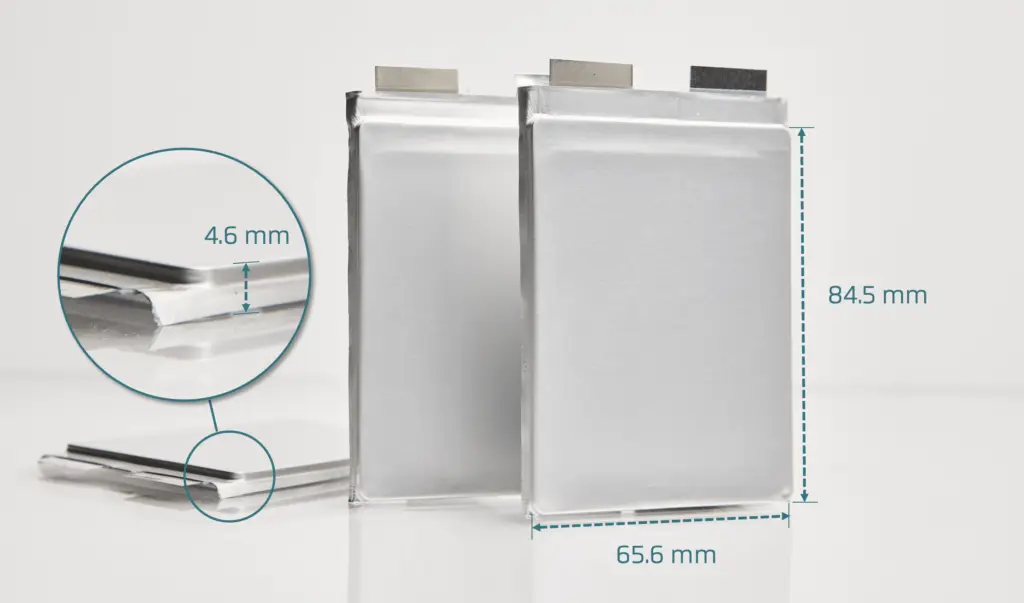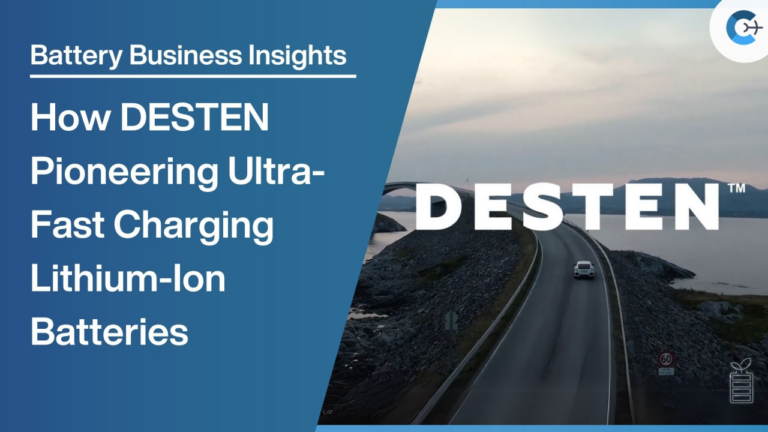QuantumScape Introduces QSE-5 B-Sample Cell with Detailed Energy Density Analysis
QuantumScape has developed the QSE-5 B-sample cell, a ~5 amp-hour battery designed for automotive applications. The company has provided detailed information on the factors affecting energy density measurements, highlighting the complexities involved in this key performance metric.
Energy density is a critical parameter in the battery industry, but comparing energy densities across different batteries requires careful consideration of factors such as cell size, weight, discharge rate, temperature, state of charge, and operating pressure.
Key Specifications of the QSE-5 B-Sample Cell
- Measured Energy: The cell delivers 21.6 Watt-hours (Wh) at a C/5 discharge rate and 25 °C.
- Volumetric Energy Density: Calculated at 844 Wh/L by dividing the energy by the cell’s volume.
- Gravimetric Energy Density: Calculated at 301 Wh/kg by dividing the energy by the cell’s mass.
QuantumScape based its energy density figures on actual measurements of the fully packaged QSE-5 cell, excluding only the top tabbing area while including all other components. This approach contrasted with projections that might have been based on smaller cell formats or excluded packaging materials. The volumetric measurements were taken at 100% state of charge to account for any cell expansion, providing energy density figures that reflected actual operating conditions.
The cell’s energy was measured at a C/5 discharge rate, corresponding to a five-hour discharge, which aligned with typical driving scenarios where range and energy density are important considerations. Measurements were conducted at 25 °C (room temperature), ensuring the energy density figures were relevant for standard automotive applications without reliance on elevated temperatures.
Operating below 3.4 atm applied pressure, the QSE-5’s FlexFrame design allowed for efficient packing in modules, aiming to improve volumetric energy density compared to cylindrical cells that might lose energy density due to their shape when assembled into packs.
Energy Density Evaluation Checklist
QuantumScape provides the following checklist outlining the conditions under which the QSE-5’s energy density was measured:
- Measurement Basis: Actual measurements, not projections
- Cell Packaging: Fully packaged cell
- Exclusions: Excludes only the top tabbing area
- State of Charge for Volume Measurement: 100% SoC
- Discharge Rate: C/5
- Discharge Temperature: 25 °C
- Operating Pressure: Less than 3.4 atm
- Cell Format: FlexFrame design
The QSE-5 B-sample cell represents QuantumScape’s efforts to address the complexities involved in energy density measurement for battery technology. By providing detailed information on factors such as cell dimensions, discharge rate, temperature, and operating pressure, the company is trying to enhance transparency and facilitate more accurate comparisons in the battery industry.
Source: QuantumScape Battery, Inc.
















